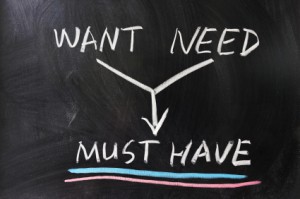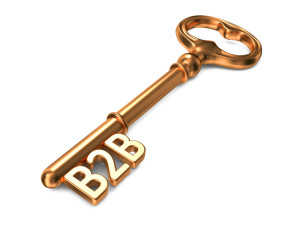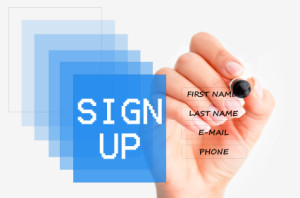B2B Demand Generation: Make Your Blog Work for You
 This blog offers some tips for your B2B marketing strategy regarding how to make your blog work for you.
This blog offers some tips for your B2B marketing strategy regarding how to make your blog work for you.
You may have heard by now that your B2B company needs to be blogging. As a B2B sales and marketing outsourcing company that specializes in demand generation, we would agree. But we only agree to the extent that you are blogging with purpose. Blogs for B2B sales can and should be leveraged in various ways to achieve your company’s sales goals.
To begin, if you have not looked at your blog strategy as a marketing strategy, we recommend you look through a sales/marketing lens. Several things to take into account are:
SEO—B2B companies often forget about their blog as a tool for improving SEO. Because Google and most other search engines now filter their results by relevancy, the more relevant you blog content is for your customers, the higher it will show up on search results pages. Our experience as a sales and marketing outsourcing company has also shown that aligning the input of your sales reps with your keyword research ensures you get the full value from inbound leads.
Thought Leadership—While some of the more traditional marketers may not agree, we believe your sales reps are a great source of content in terms of thought leadership. Your sales reps spend all day on the phone talking to customers, answering their questions and solving their problems. By drawing upon these conversations and turning them into blogs focused on answering FAQs and solving problems, you can establish your business as a thought leader within your industry.
Email Sign up—Every B2B sales companies’ blog should have a place to sign up/follow via email. This is the best and easiest way to leverage your blog for lead generation. The key to getting people to sign up for your blog is establishing yourself as a thought-leader and/or providing your prospects something of value.
Calls to Action—Leveraging your blog for lead generation can also be done using calls to action. Since your prospect has already shown interest in clicking on your blog, you should make it easy for them to reach out to you. All of your blog posts should include a highly visible place where they can contact someone on your sales team. Just be careful that your blog does not appear as one big advertisement for your company.
Recycling Old Content—Many companies do not take advantage of the long-shelf life of their sales and marketing content. Because of the way the Internet works today, content still capable of providing value becomes hidden from your prospects or disappears completely. A B2B blog is a great place to make use of this old content by providing links back to old posts in your newer ones. Another way to use old content for blog posts is to ask your sales reps for any independently created content they may have lying around.
If you would like to learn more about how a sales marketing company can help you improve your B2B marketing strategy for a fatter pipe and more closed revenue, please feel free to contact us for a free initial strategy conversation.
If you are having cultural issues between sales and marketing we suggest you check out B-to-B Demand Generation Requires Sales and Marketing Alignment. You can also checkout our Free White Paper on 10 Tips and What to Avoid to Sell Smarter and Faster.

 How to Increase the success of your B2b sales and marketing approach
How to Increase the success of your B2b sales and marketing approach Landing page design is all the rage for B2B demand generation tactics in 2013. However, having glitzy graphics or a colorful layout will only get you so far. What we have seen in our work as a B2B demand generation and sales and marketing outsourcing company is that the content of the page is much more important than what it looks like.
Landing page design is all the rage for B2B demand generation tactics in 2013. However, having glitzy graphics or a colorful layout will only get you so far. What we have seen in our work as a B2B demand generation and sales and marketing outsourcing company is that the content of the page is much more important than what it looks like.

 Creating successful B2B marketing videos is not like creating a Hollywood blockbuster. The best technical production in the world will not get you anywhere if your content is irrelevant. They key to digital marketing with videos is to provide your customer with something they actually want to watch.
Creating successful B2B marketing videos is not like creating a Hollywood blockbuster. The best technical production in the world will not get you anywhere if your content is irrelevant. They key to digital marketing with videos is to provide your customer with something they actually want to watch.